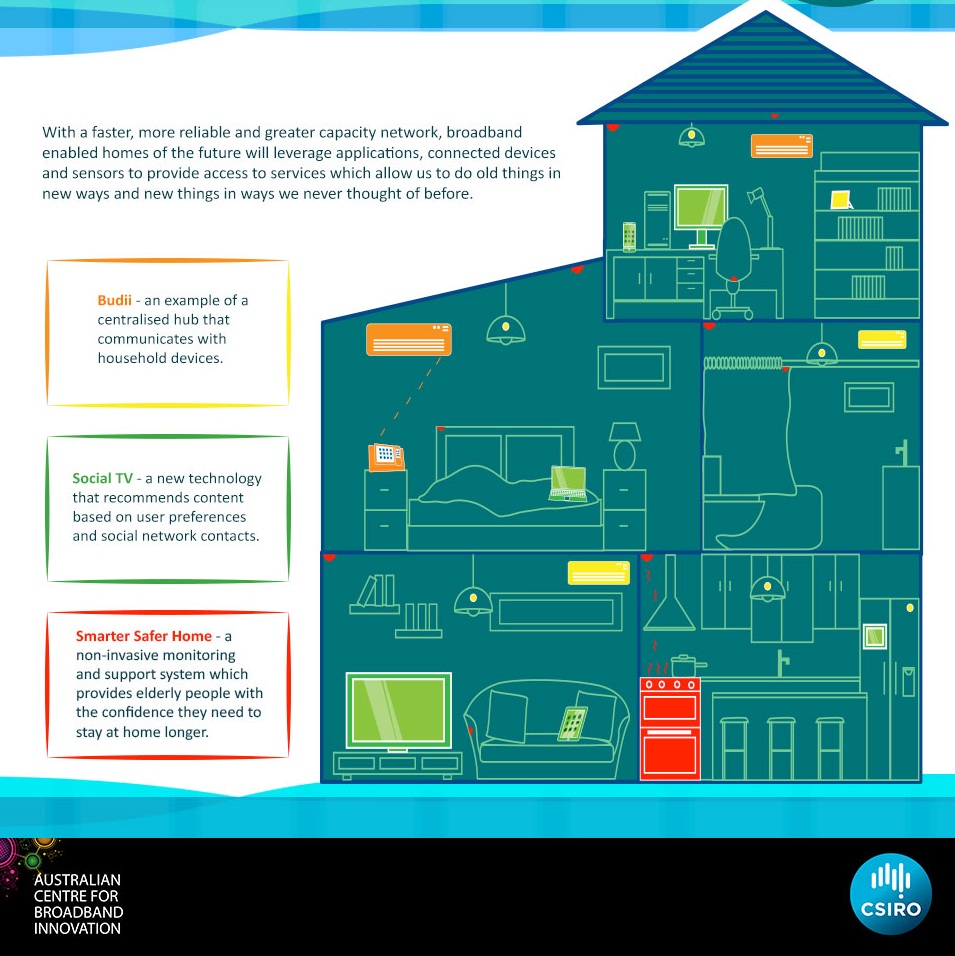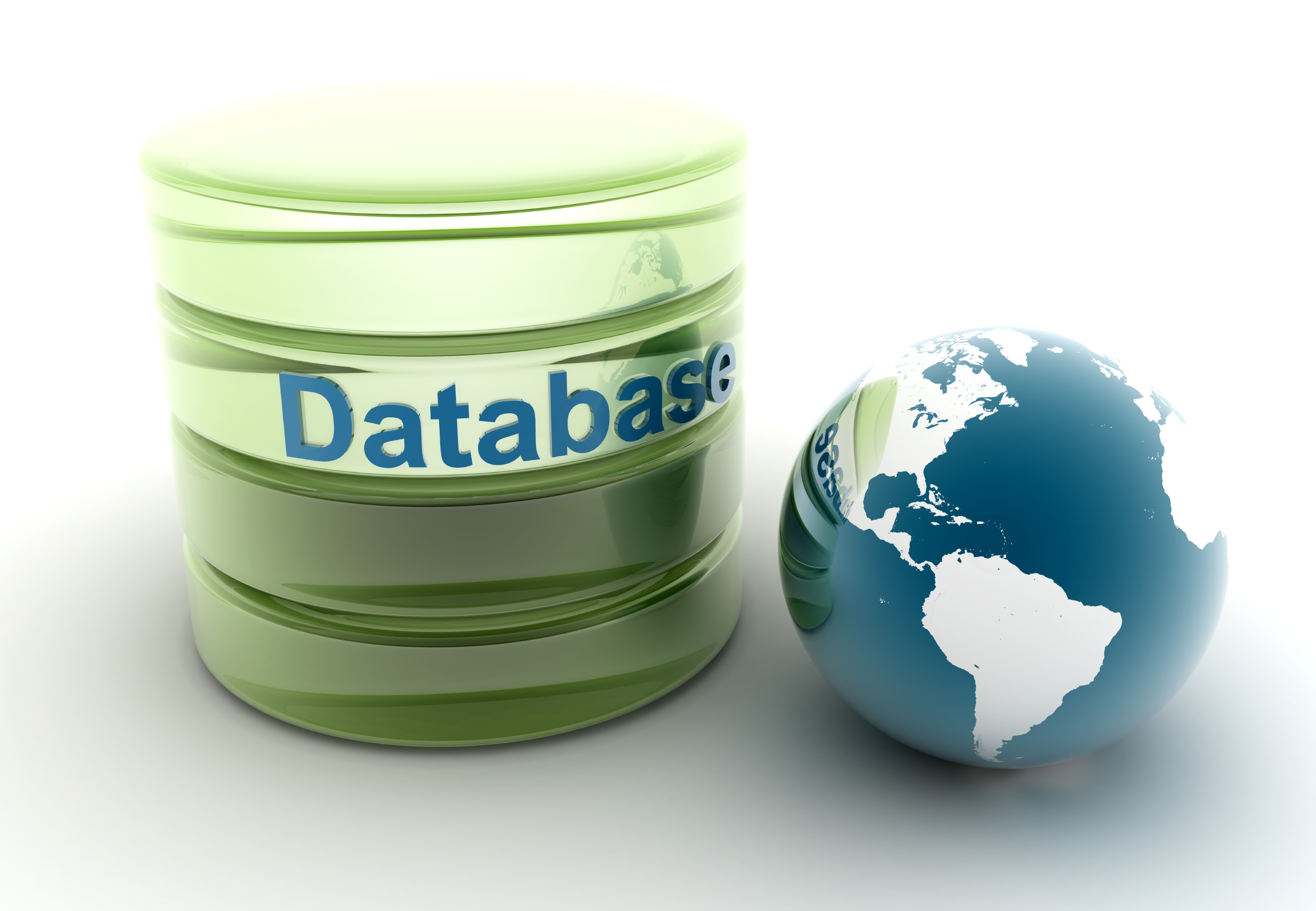Sydney’s annual CeBIT conference – it’s kind of like Oscars week for the Australian technology industry. Despite the fact the Exhibition Centre may not seem as enchanting as a Hollywood red carpet or that the showroom has a lot more shiny bits and bytes than glitz and glamour, CeBIT offers us an exciting insight into the most cutting edge technologies and how they may soon impact our lives.
To get a rundown on what kind of tech trends we can expect at this year’s conference, we spoke with Ian Oppermann and Geof Heydon from our Digital Productivity and Services Flagship.
A team of people work creatively together building giant digital tablets, like skyscrapers, and creating the content. Other people download this content on their mobile devices. Horizontal composition.
CeBIT is Australia’s largest annual technology conference
Invisible ICT
The most significant thing about the future of technology is that it will all soon become invisible. If you consider that your car has at least 50 processors in it, the average person would be hard pressed to think of what a dozen of them actually do. We don’t buy a car looking for an “Intel inside” sticker, we choose cars based on price and performance, function and fashion. With the rollout of next generation broadband networks, this will soon apply to our homes of the future, which will include processors connecting every item and every part of the house. They will be invisible and transform the way we live and what we do in our homes. Information will be shared across all the appliances and devices, changing the way we work, communicate to friends and family, access entertainment and will also enable better healthcare in the home.
Technology will be almost invisible in our future homes
Tech me to the clouds above
The idea of cloud services has been with us for a while, and now the power of these services is becoming more apparent. The heady combination of ever increasing data rates and ever more powerful computing brings us to an exciting point. We can now download rich media faster than we can consume it. We can now source information (even high quality video) from the Internet faster than we can source it from our own PC. Combining this with lightening fast online search tools means that now, whenever we want content, we get it from the cloud. There is no need and no point to store it anymore. The clouds are rolling in!
Soon we will find almost everything we need in the cloud
Big Data gets even bigger
There are 1.4bn cows in the world. If every one of these were tagged, this would generate about 35 petabytes of data per year (25kb per cow per day). Extend this to dozens of environmental sensors for each acre of crops, and sensors measuring the health of the environment and the “Internet of Things” starts to emerge as a source of some very big data sets. Once opened up and made accessible, we can change what we know about the world around us and when we know it. Take a look at the Sense-T programme in Tasmania to see just one example of what this could look like.
What will happen when a dairy farmer shares his data with an oyster farmer? The answer is in Big Data!
Can’t make this year’s conference? Don’t worry, we will be tweeting about all of the new gadgets and gizmos live from @CSIROEvents using the #CeBITAUS hash tag.
Click here to find out more information on the new technologies we will be showcasing at the conference.
Media: Dan Chamberlain. P: +61 2 9372 4491. M: 0477 708 849. Email: daniel.chamberlain@csiro.au





